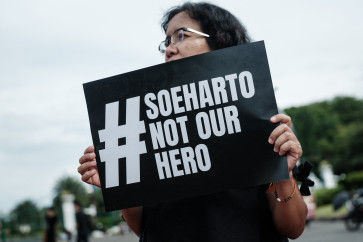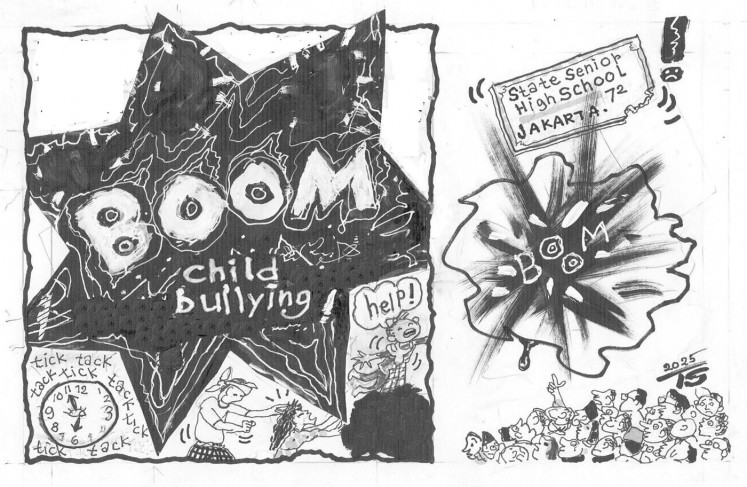Popular Reads
Top Results
Can't find what you're looking for?
View all search resultsPopular Reads
Top Results
Can't find what you're looking for?
View all search resultsClosing the big gap in our response to HIV
The vast majority of new HIV infections in the Asia-Pacific Region are occurring among populations most vulnerable to HIV: men who have sex with men, transgender people, people who inject drugs, sex workers, people in prisons and other closed settings
Change text size
Gift Premium Articles
to Anyone
T
he vast majority of new HIV infections in the Asia-Pacific Region are occurring among populations most vulnerable to HIV: men who have sex with men, transgender people, people who inject drugs, sex workers, people in prisons and other closed settings.
Nearly 5 million people were living with HIV in the Asia-Pacific Region in 2013 ' about one-sixth of the global burden. There were an estimated 350,000 new HIV infections in the region in 2013 ' the second-highest regional HIV burden after Sub-Saharan Africa.
Partnerships between health systems and communities in the Region have improved access to life-saving treatment, increased domestic resources for HIV/AIDS programs and reduced stigmatization and discrimination. For example:
Community organizations have helped formulate, implement and scale up the evidence-based recommendations contained in WHO's 'Consolidated guidelines on HIV prevention, diagnosis, treatment and care for key populations'.
In India, the Avahan HIV program helped strengthen community-based organizations, leading to a sharp decline in the epidemic in several high-prevalence states. The lessons learnt are being incorporated in the national response, helping to ensure sustainability.
In China, the government is increasingly engaging with civil society organizations. NGOs such as AIDS Care China are providing a key bridge between government HIV programs and key populations.
The governments of the Philippines and Thailand, two of many countries where the MSM HIV epidemic is surging alarmingly, are working actively with MSM organizations that connect communities with HIV services.
All of these examples fit the theme of World AIDS Day 2014: Closing the Gap. This theme is about empowering all people to access the services they need.
Less than half of all HIV-positive people across the Asia-Pacific Region are aware of their status. An estimated 1.5 million people in the region are receiving antiretroviral treatment ' about one-third of the region's HIV-positive population.
This is a significant improvement compared with a few years ago, but the journey is less than half complete. WHO member states can do better. It is only by closing testing and treatment gaps and reaching all in need that we can achieve our goal of ending AIDS in Asia by 2030.
We need to overcome challenges. Key populations continue to face stigmatization and discrimination, including punitive legislation. This must change. WHO consolidated guidelines are guided by human rights principles and call for governments to enforce protective laws to eliminate discrimination and violence faced by key populations.
Evidence is adding to a dynamic response. Today, WHO has released a new update to recommend antiretrovirals as an emergency prevention intervention following possible HIV exposure for HIV-negative individuals, and to prevent and manage common opportunistic infections that affect many people living with HIV.
We need more resources and wiser investments to address the HIV crisis in key populations. A renewed focus on HIV response needs to be articulated in the post-2015 health and development agenda.
WHO works to improve the continuum of HIV prevention, treatment and care. We work hand in hand with key populations ' with a range of civil society organizations like the Asia-Pacific Coalition on Male Sexual Health ' to help safeguard the health and well-being of millions of people.
Ultimately, health is a human right. Creating an enabling environment ensures equity and respect for human rights, ensuring greater access to essential health services for all people.
__________________
Nearly 5 million people were living with HIV in the Asia-Pacific in 2013.
__________________
Dr. Poonam Khetrapal Singh and Dr. Shin Young-soo are the WHO regional directors for the Southeast Asia region and Western Pacific region respectively.










